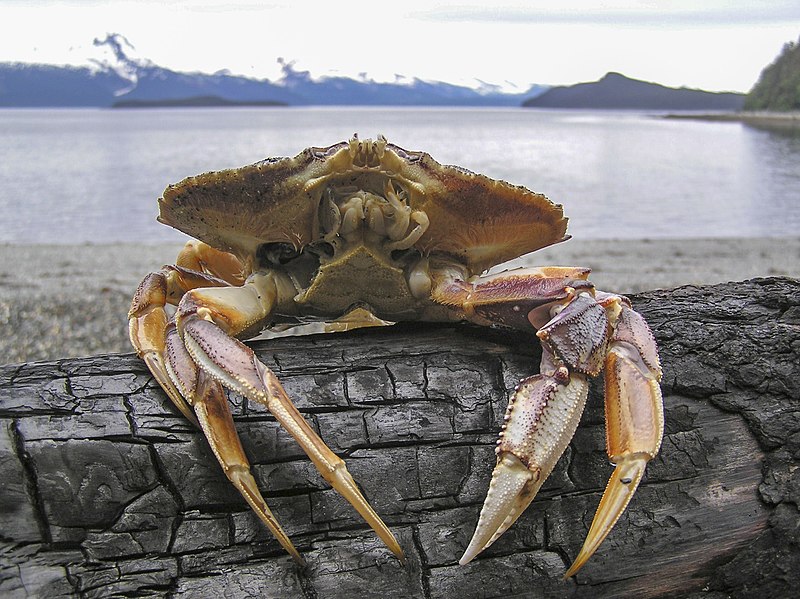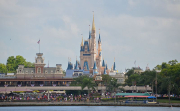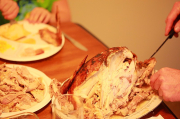
Molts and shells from snow crab sit on a table in June at the Alaska Fisheries Science Center in Kodiak, Alaska. Molts and shells from snow crab sit on a table in June at the Alaska Fisheries
Science Center in Kodiak, Alaska. Joshua A. Bickel/AP CNN — Billions of snow crabs have mysteriously disappeared from the waters around Alaska in recent years, and scientists believe they have pinpointed the cause: warmer ocean temperatures that have likely led to mass starvation.
This discovery follows the announcement from the Alaska Department of Fish and Game that the snow crab harvest season was canceled for the second consecutive year due to the overwhelming absence of crabs in the typically icy and perilous waters of the Bering Sea.
Published on Thursday by scientists at the National Oceanic and Atmospheric Administration (NOAA), the study unveils a significant connection between marine heatwaves in the eastern Bering Sea and the abrupt vanishing of snow crabs, a phenomenon that was first noticed in 2021.
"When I received the 2021 data from the survey for the first time, my mind was just blown," stated Cody Szuwalski, the lead author of the study and a fishery biologist at NOAA. "Everybody was just kind of hoping and praying that that was an error in the survey and that next year you would see more crabs."
In 2022, the US snow crab fishery was shut down in Alaska for the first time. Despite catchers attributing the population decline to overfishing, experts clarify that the term "overfished" is a technical designation that triggers conservation measures and does not truly elucidate the collapse.
"The big take-home message for me from the paper, and just the whole experience in general, is that historically, fishery scientists had been very worried about overfishing — this has been our white whale, and in a lot of places, we really solved that with management," Szuwalski remarked. "But climate change is really throwing a wrench into our plans, our models, and our management systems."
For their study, scientists delved into the potential causes for the snow crab decline, focusing on two possibilities: that the crabs had migrated to a new area or that they had died off.
After examining regions north of the Bering Sea, west into Russian waters, and deeper into the ocean, they concluded that it was improbable that the crabs had moved and that mass mortality was a primary factor.
The major cause behind this mortality event is believed to be hunger.
Snow crabs are cold-water species and typically thrive in regions where water temperatures remain below 2 degrees Celsius. While they can tolerate waters up to 12 degrees Celsius, the warmer ocean water disrupted their metabolism and elevated their caloric needs.
In 2018, during the first year of a two-year marine heatwave in the area, researchers estimate that the energy required by crabs from their food may have quadrupled compared to the previous year. However, the heatwave severely affected the Bering Sea's food chain, making it increasingly challenging for snow crabs to forage for food and meet their heightened caloric demand.
Scientists believe the crabs likely succumbed to starvation, with fish like Pacific cod swooping into the warmer water to feed on the remnants of the crab population.
Temperatures in the Arctic region have been warming four times faster than the global average. This climate change has led to the rapid loss of sea ice, especially in Alaska's Bering Sea, further amplifying global warming.
Szuwalski asserts that the crisis surrounding Alaska's snow crabs is indicative of the accelerating climate crisis, which is beginning to severely affect livelihoods. While it was expected to happen at some point, the speed at which it has occurred has been surprising.
"This was kind of an unexpected, punctuated change in their populations," he said. "But I think long term, the expectation is that the snow crab population will move north as the ice recedes, and in the eastern Bering Sea, we probably won't see as much of them anymore." Photo by Gillfoto, Wikimedia commons.






































